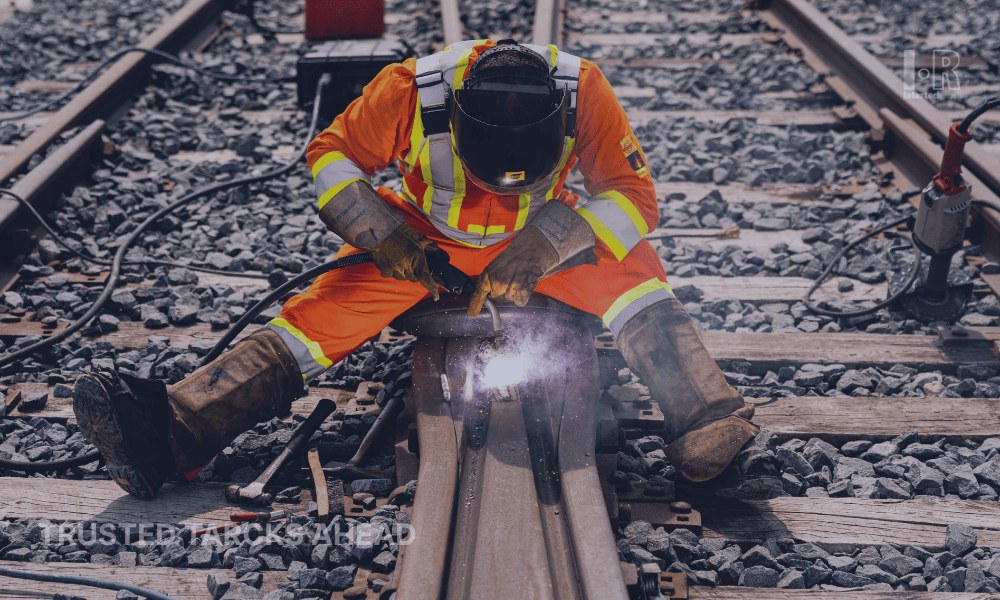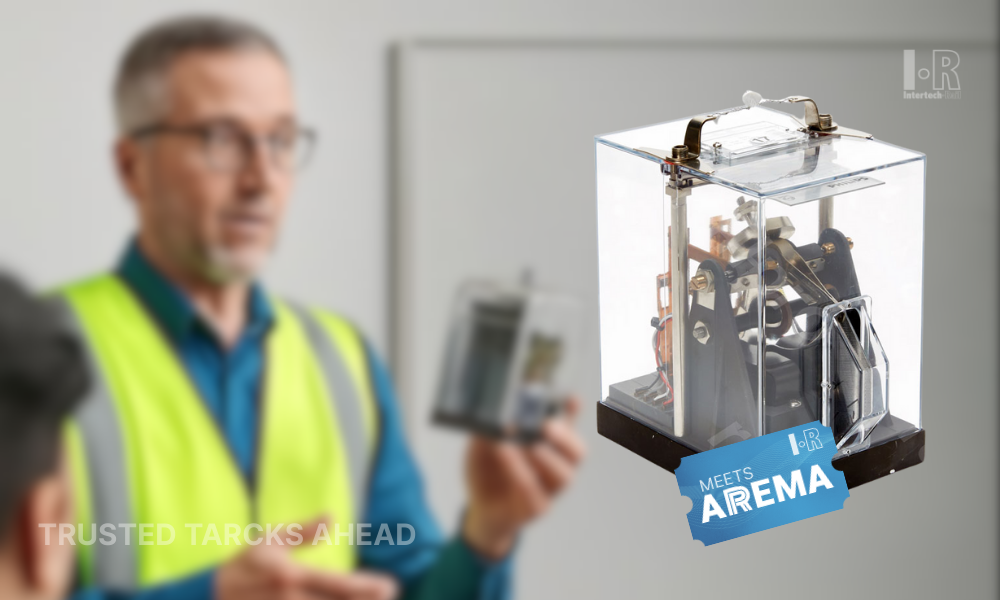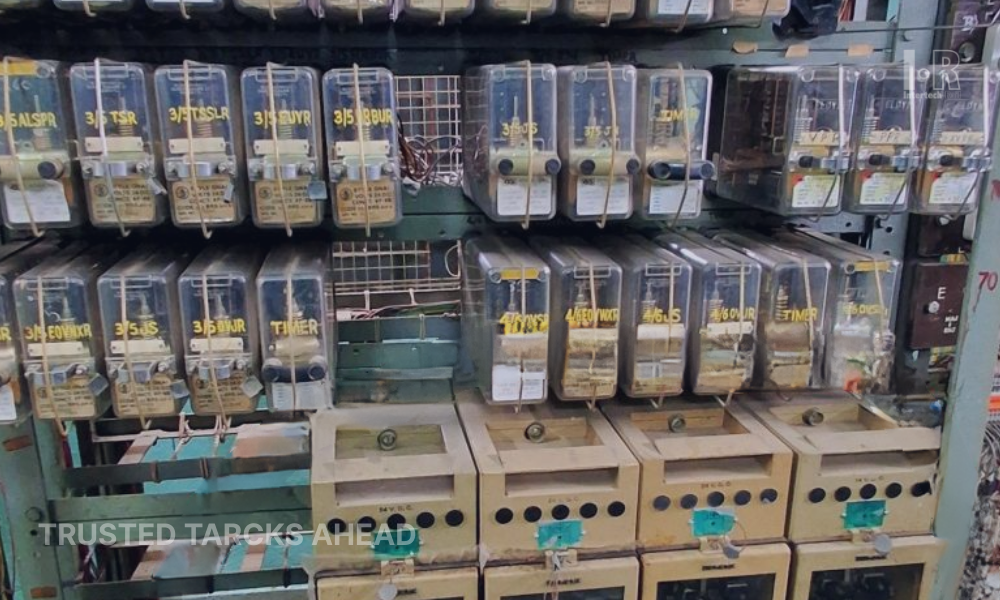Railway Welding Technology: Advanced Techniques and Quality Control for Seamless Track Construction
Fundamentals of Railway Welding

You can tell when a section of track was welded right. The train glides. No rattle, no echo, no sudden jolt. Just that quiet hum that tells you the rails are behaving like one continuous piece of steel. It’s satisfying to watch, and even better to know you helped make it happen.
That’s what good welding gives you. Stability. Safety. Consistency. Continuous welded rail ensures safety and performance , but it doesn’t happen by chance. It’s the result of steady hands, precise data, and many lessons learned from the field.
In the early days, we joined rails with bolts and plates. It worked, but it was rough. Every gap made a sound and, sooner or later, a problem. Then came welding, and the railway changed forever.
From Sparks to Science
Welding rails isn’t glamorous, but it’s one of the most exacting jobs out there. The steel has to meet perfectly, the alignment has to be dead straight, and temperature control matters down to the degree.
The process has evolved. Old gas torches gave way to machines that run on current and chemistry. In modern railway track welding , the main methods are flash butt welding and thermite rail welding .
Flash butt is the workhorse. You clamp both rail ends, send current through, and press until they fuse. Smooth, consistent, quick. Perfect for long mainline runs.Thermite’s the field friend. A mold, a mix of aluminum and iron oxide, and a controlled reaction that pours molten steel into the joint. Slower, yes, but indispensable when you’re miles from the nearest substation.
Different tools for different tracks, but the goal’s the same: erase the joint, make the rail feel infinite.
What Makes a Weld Hold
A weld doesn’t just join steel; it has to think like steel. The grains inside must cool, stretch, and carry weight like the rest of the line. Too soft and it deforms. Too hard and it cracks.
That’s where technology earned its place. Sensors watch the cooling rate, lasers check alignment, and digital logs store every weld’s birth certificate, current, pressure, temperature, all of it. Advanced welding techniques enhance track integrity, but only when those readings are trusted and reviewed.
In practice, the welder and the machine share the work. The machine provides precision, but the welder feels when something’s off. That instinct is still irreplaceable.
The Part You Don’t See
Once the sparks die, the real story begins. A weld lives in constant stress, expansion, contraction, and impact. Over time, tiny changes can become fatigue points. That’s where data steps back in.
Sensors can support weld quality monitoring, feeding information about vibration, heat, and strain back to the maintenance crews. Small signals, but full of meaning. A spike here, a pulse there, sometimes it’s the difference between a fine rail and a fracture.
Monitoring doesn’t just keep trains safe; it helps welders learn. Each data set adds to a history of what works, what fails, and why.
Why Continuous Welded Rail Changed Everything
Jointed track used to sound like a metronome, click, click, click. Passengers thought it was charming. Engineers knew it was friction, wear, and future repairs. Once we moved to continuous welded track, the difference was night and day.
Trains run smoother, faster, quieter. Maintenance dropped. Fuel efficiency rose. Continuous welded rail ensures safety and performance, not because it’s trendy, but because physics loves continuity.
Still, it’s not “install and forget.” Temperature swings, especially in hot regions, stretch rails like rubber bands. Sensors now track that stress so maintenance crews can act before the steel complains.
A System, Not a Spark
Every weld is part of something bigger. It’s easy to think of it as a single moment — light the torch, make the joint, move on. But modern rail welding technology works in a loop: planning, welding, monitoring, and adjusting.
Each weld is logged, checked, and revisited during inspections. Some railways keep digital records for decades, turning field data into valuable insight, why one method lasts longer, and why another needs early repair. Over time, welding becomes more than maintenance; it becomes research in motion.
For a closer look at how real-time field data supports this kind of predictive approach, see Intertech Rail’s article Railway Predictive Maintenance. The case study Enhancing Rail Logistics also shows how axle-counting and RFID monitoring systems integrate into digital models, linking physical operations with the analytical world of modern railways.
The Road Ahead
The future of welding looks less like fire and more like code. Machines now record every pulse of current. Soon, they’ll send that data straight to digital twins that know the condition of every weld on the network.
It’s not about replacing people. It’s about giving them better tools, machines that remember, sensors that never blink, and data that keeps the railway one step ahead. One weld at a time, we’re building smoother, stronger, safer tracks. And that, really, is the whole point.
Image Source: © Trackopedia / © RailWorks Corporation

Share article




